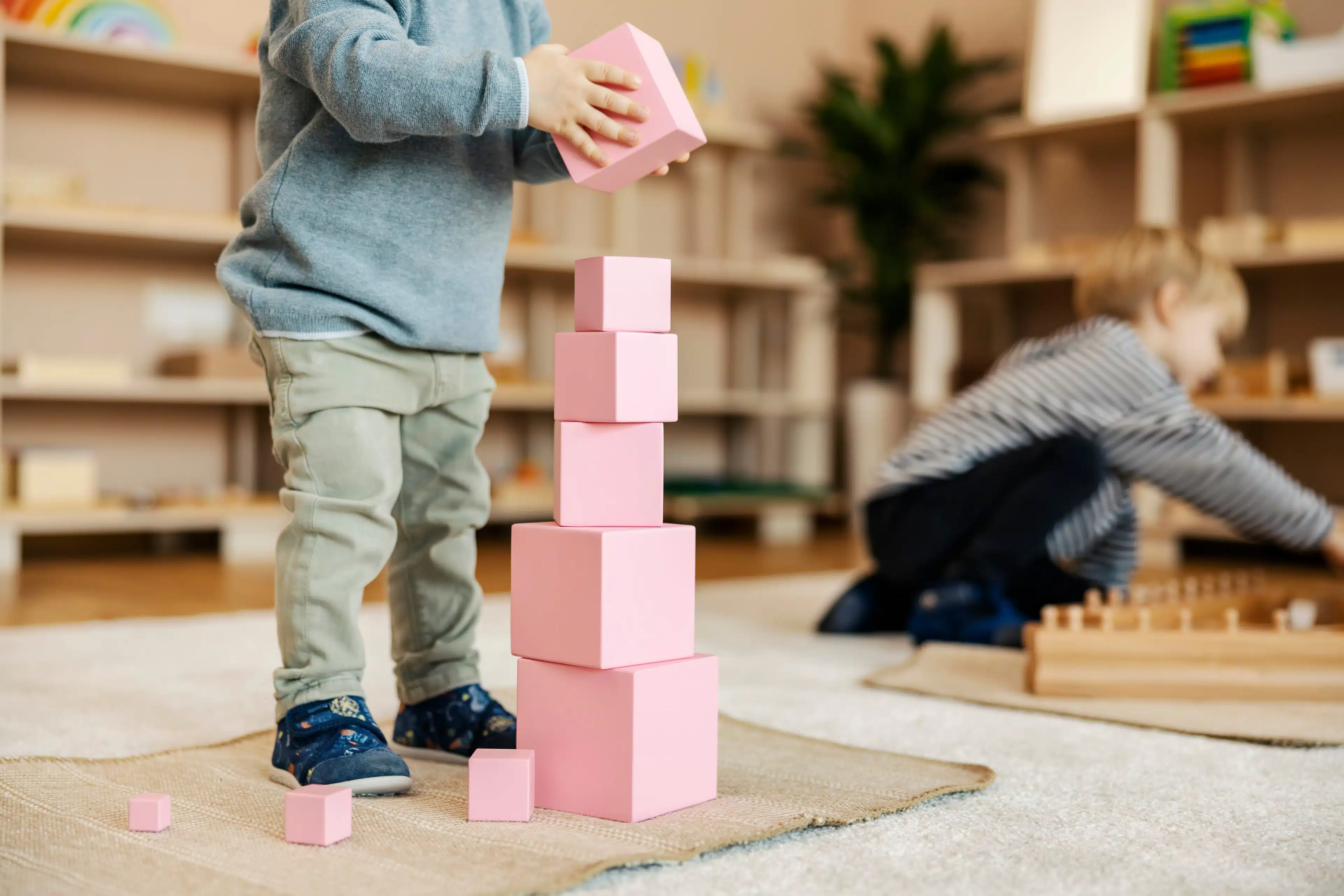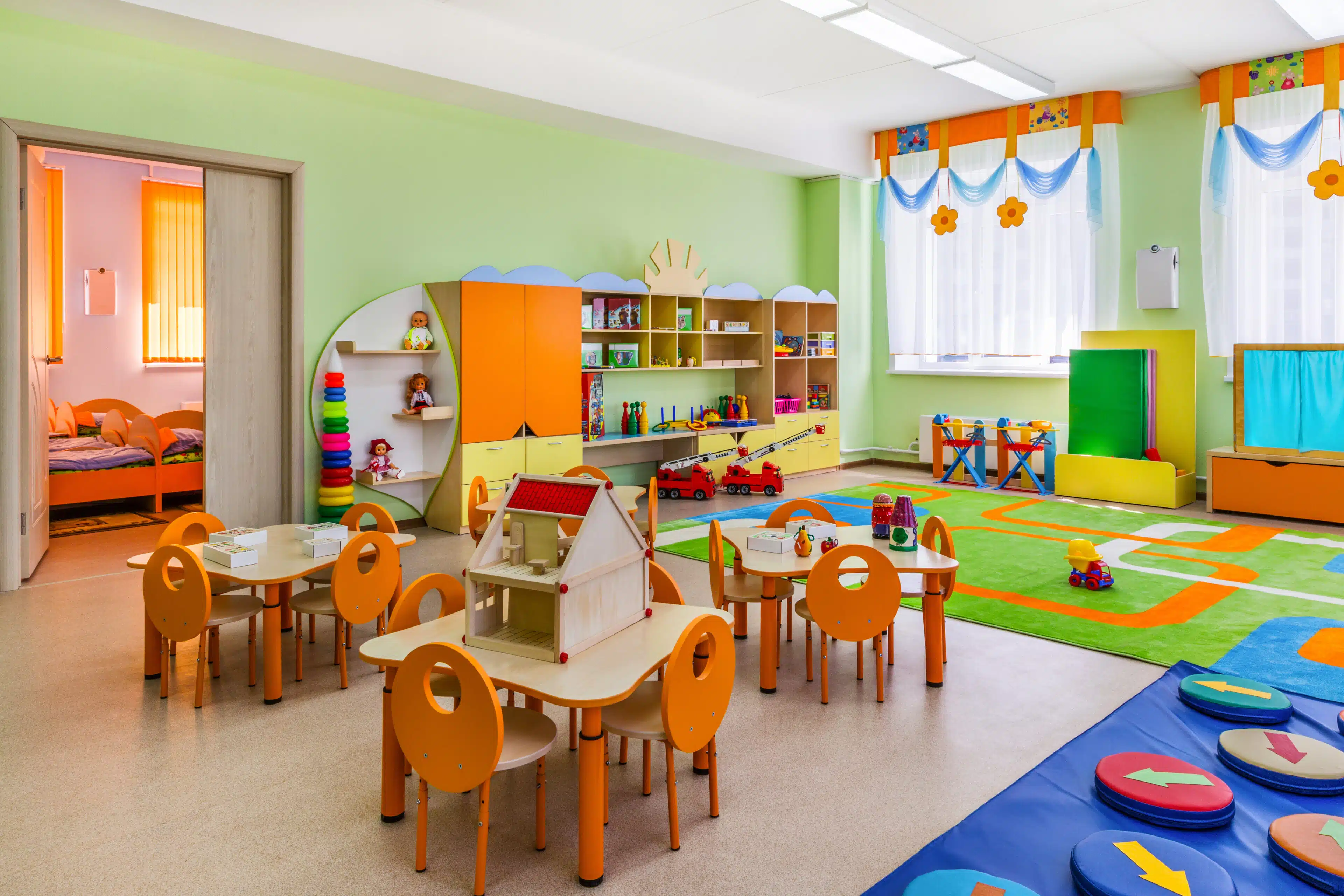In the early 1900s, Italian educator Maria Montessori had an idea that kids could take charge of their own education, with the help of caring and trained teachers. Today, that idea is still alive with the Montessori method, a popular alternative to traditional schooling. When you step inside a Montessori classroom, you’ll know you’re experiencing a different — and special — type of education. Here’s what you need to know about Montessori, an idea that stretches learning even beyond the classroom.
Student-led Learning
In a typical classroom, teachers teach students grade-level subjects and follow a specific curriculum. But in Montessori education, following each child’s interests and meeting them where they are is ingrained in every facet of learning. Instead of the teacher being in front of the classroom teaching a general lesson to many students, Montessori is tailored to each child. Because this type of education is so versatile, it can give teachers a deep toolbox to find the best learning approaches to meet the needs of a wide range of learners.
Related Page: The Ultimate Guide To Indianapolis Preschools
Students in a Montessori classroom can learn subjects as they are ready for them. Educators work directly with the students to develop a work plan that is as complex as they want it to be. Students then work through the work plan in long, uninterrupted cycles. In Montessori, instead of grades, students get reports from their teachers based on observation.
Montessori Materials
The physical classroom and the items inside the classroom are important to Montessori learning. Walk into a Montessori classroom, and you’ll likely encounter a beautiful, orderly space that contains purposeful materials. Everything has its place in a Montessori classroom, and students are taught to carefully return items to their designated location after use. The classroom is intended to provide order and structure, but still allowing the students to have control over their learning. When kids are ready to work, the things that they need are all laid out and ready for them.
Related Article: What is a Montessori Kitchen?
A Peaceful Place
Just as the physical Montessori classroom is set up to be clean and orderly, the general “vibe” of the classroom is one of peace and calm. Montessori teachers help students learn how to deal with conflict and live in harmony with their classmates, friends and adults. Peace is a big piece of a Montessori education.
Multiple Ages
In a traditional school, students are divided into classes based on age. In a Montessori school, kids learn in multi-age rooms, where they might be among kids younger or older than they are. This is intended to encourage younger kids to learn from their older peers. Eventually, the younger students become the older students, and they get to be the leaders and mentors in the classroom.
Lifelong Learning
Along with a well-rounded academic education, Montessori school also emphasizes learning practical life skills. Kids learn that everything — from washing dishes to sweeping up messes to meal planning — is important, and contributes to a full education.
Curious about Montessori education? Then do it the Montessori way and investigate a Montessori classroom yourself! Most area Montessori schools would love to give visitors an inside look at the way they operate. To learn more about the theory and science supporting the Montessori method, visit the American Montessori Society at amshq.org.







